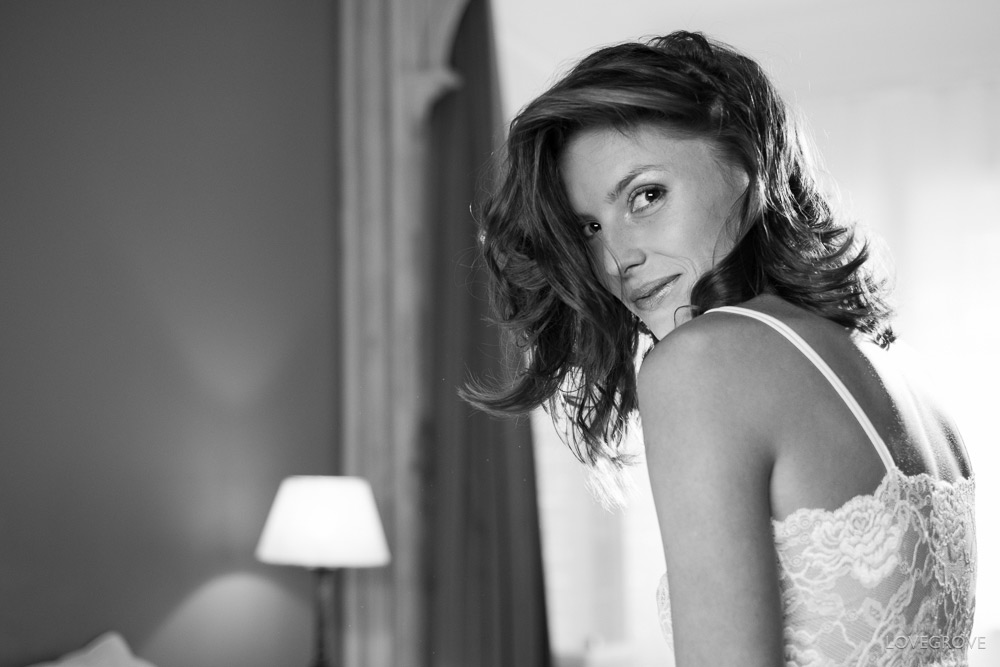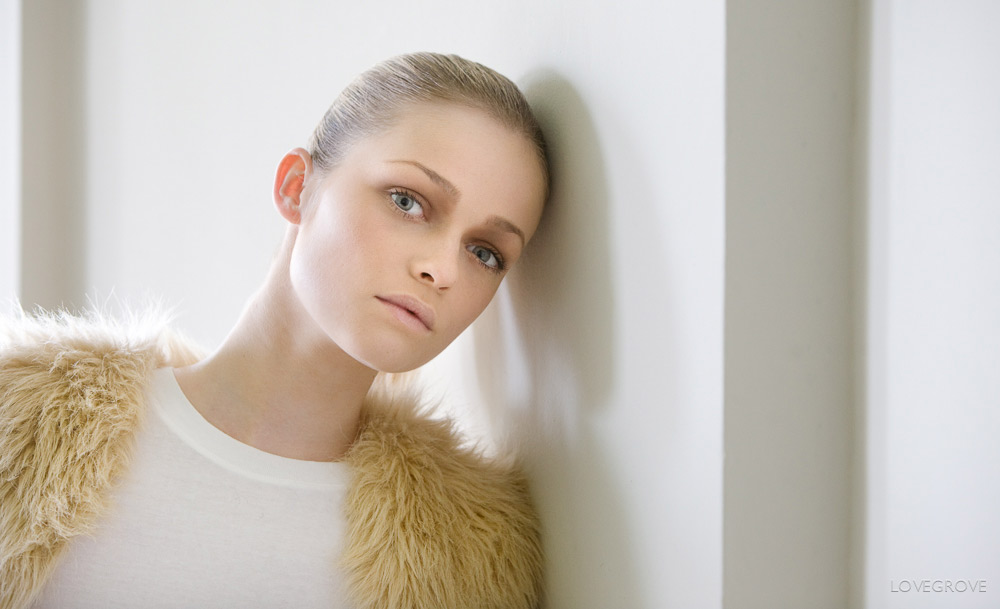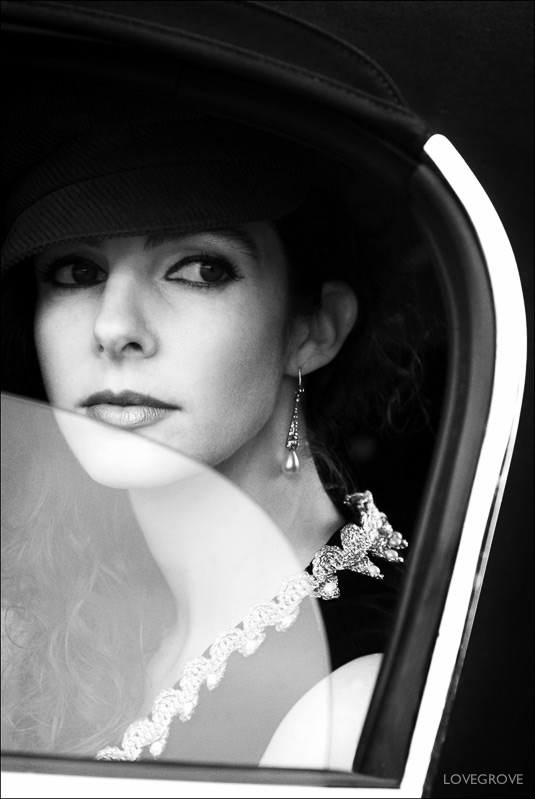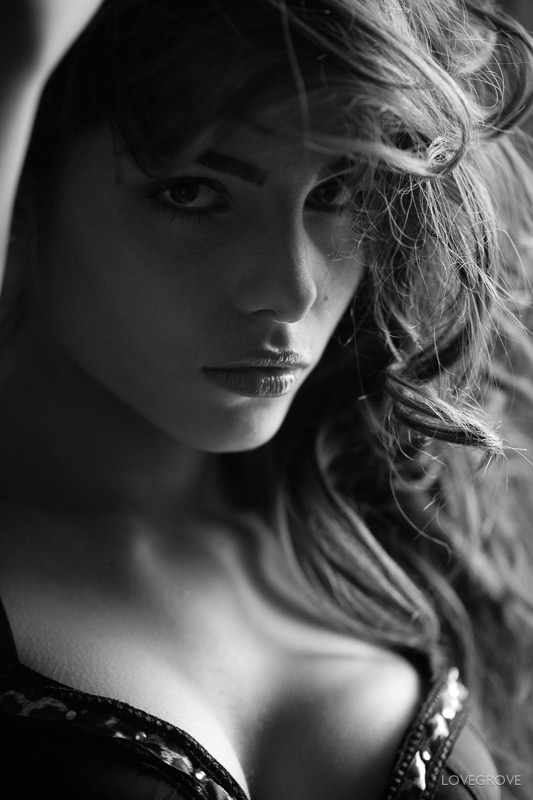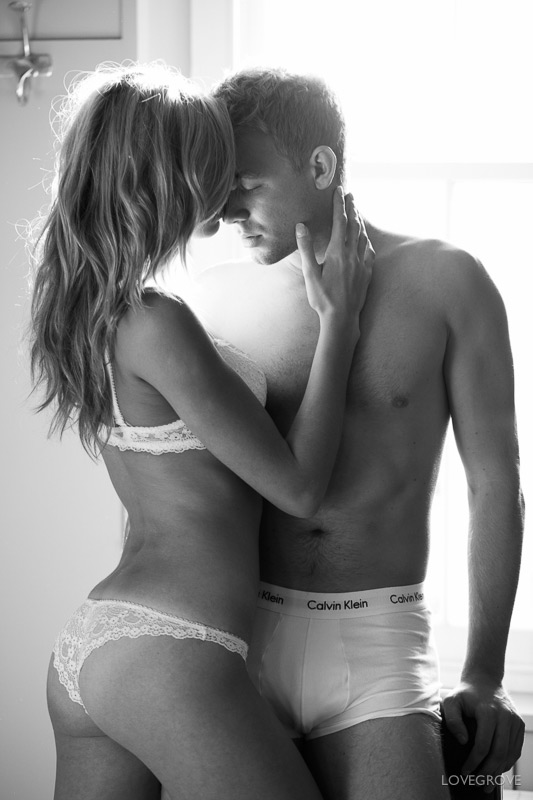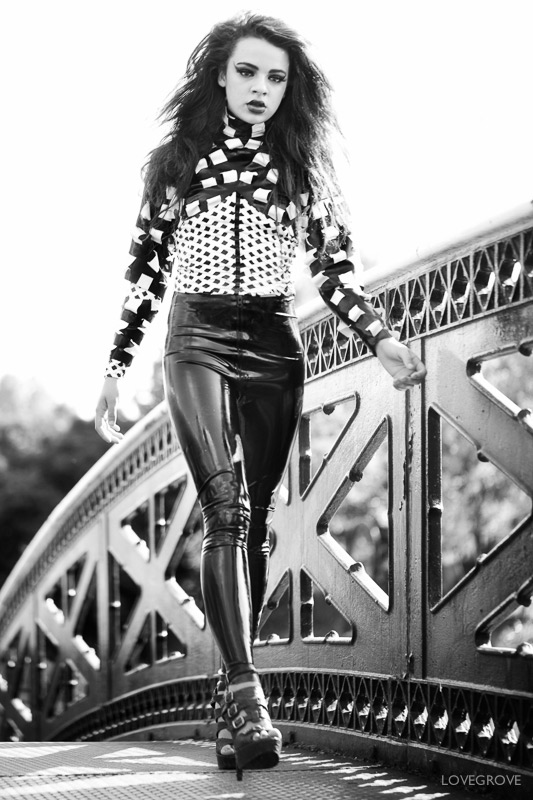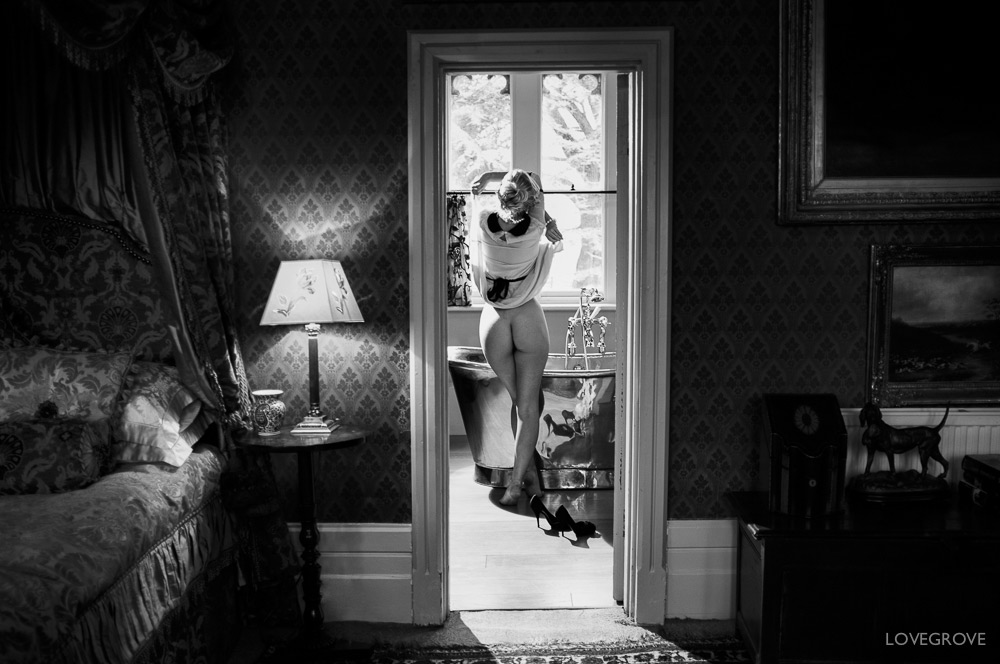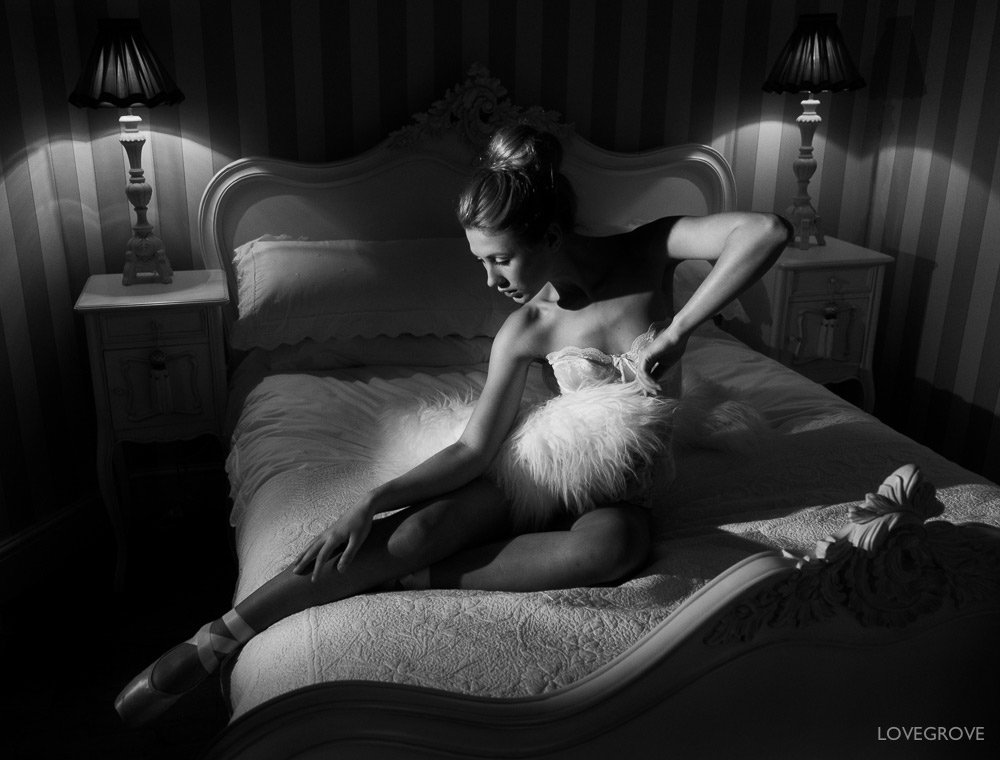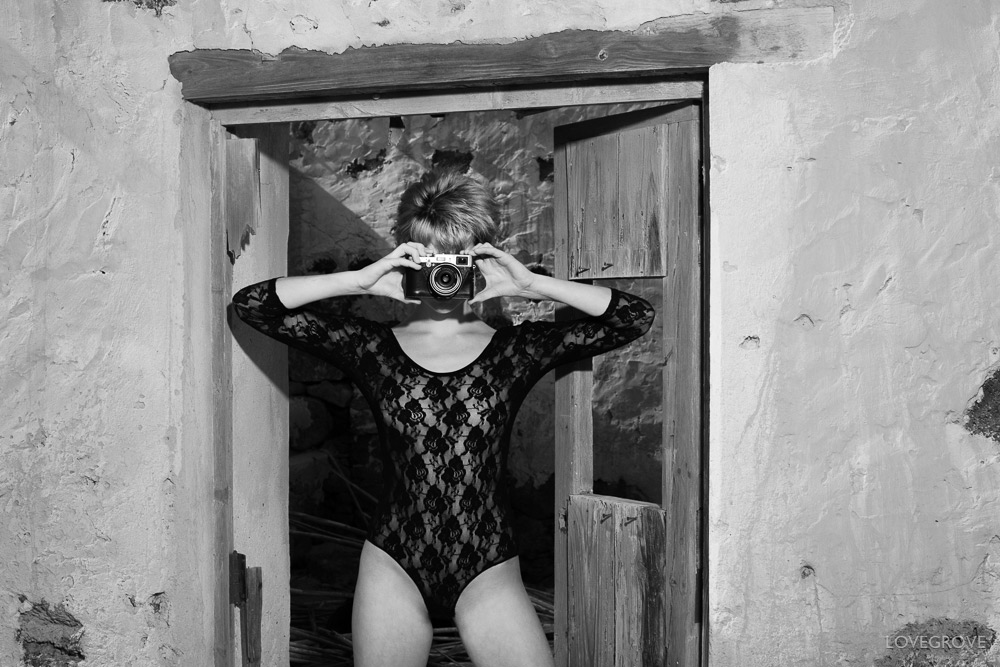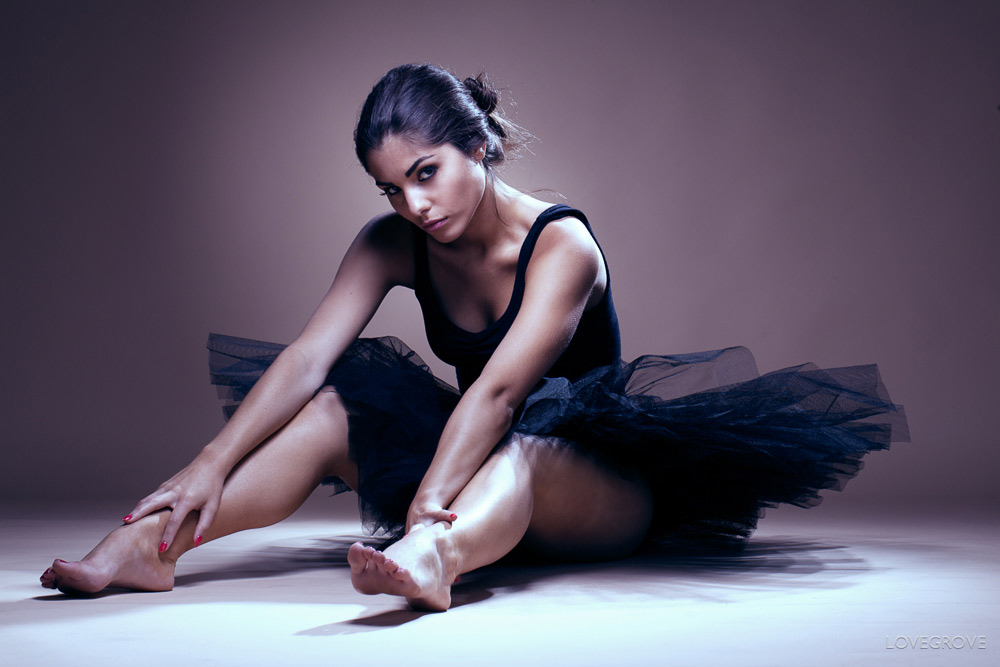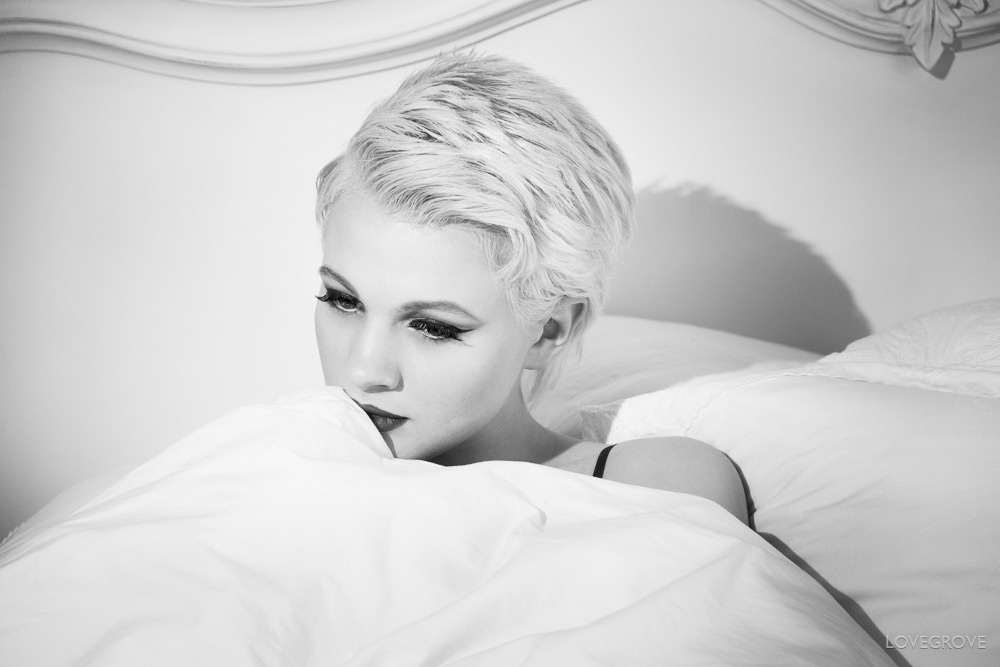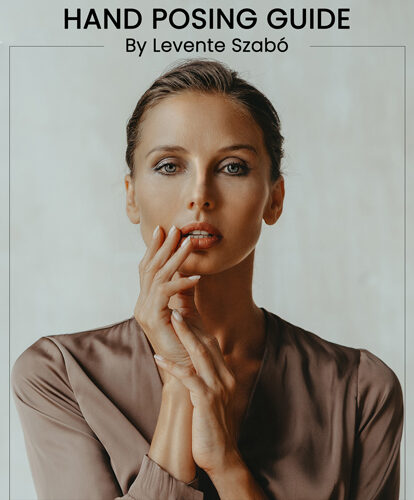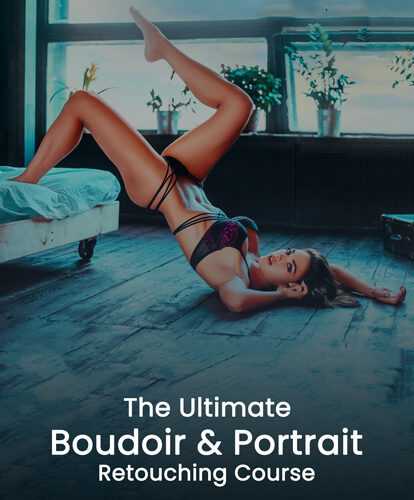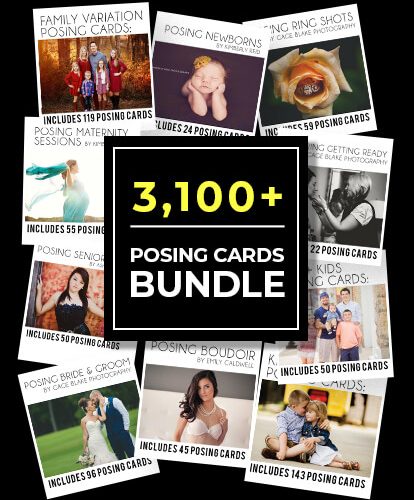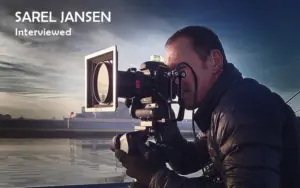Before becoming one of the most well-known photography educators in the world, Damian Lovegrove started as a trainee at the BBC. A little time after that, he was operating one of their cameras. A few years later, he was directing their lights. In the fourteen years at the BBC, Lovegrove says that he learned all that he needed to keep him working to this day, & helped him build a brand that he is today.
After the BBC and some years doing commercial work, Lovegrove, together with his wife, Julie, began a hectic period that had him shooting over four hundred weddings throughout Europe in ten years. Eventually, their photographs caught the eye of Martha Stewart. Buzz quickly spread. From there, Lovegrove maneuvered to where he is now: one of UK’s best photographers, with clients around the world, a thriving business, and time to spend perfecting his craft. Lovegrove during this time focused on creating a brand image that suited his type of photography.
In this interview, Damien talks about how he transitioned from the BBC to teaching photography, explains how he approaches boudoir and nude photography, and reveals how he’s able to remain so positive all the time.
You first trained as a camera operator with the BBC, then went on to shoot over 400 weddings. You now teach photography workshops. How did you get your start with photography? How would you describe your work?
In 1986, I started submitting pictures to the Science Photo Library in London. I worked 4 x 12 hour days at the BBC studios so that gave me an extra day each week to build up my stock of images. I shot transparency film using a Hasselblad. It wasn’t long before my income from stock was paying for all my holidays. When I left the BBC in 1998 to be a commercial photographer, I already had a fair bit of experience under my belt shooting commercial-grade images. Over the next few years I found the business of commercial photography to be a challenge since I was always chasing money or spending time in planning meetings that were non-profitable. In order to pay the mortgage, I developed a wedding photography product, a way of shooting and presenting our pictures that was unique. It became a great success, and we became especially popular with American couples getting married in Europe. Some of that success can be attributed to some wonderful praise for our work from Martha Stewart.
What sparked the transition from shooting photography to teaching photography? Any important lessons learned while teaching?
While at the BBC I had an attachment to teach lighting and camera work at the BBC training college in Evesham UK. That is where I was taught how to teach 🙂 I had not used these skills for some time, but I knew they were in me when I needed them. Julie and I had shot over 400 weddings in a 10 year period, and it was time to get off the treadmill and recover our weekends and book summer holidays. Teaching was the obvious route, sharing my wealth of knowledge and experience with the next generation of photographers. My business consultant suggested that I write a book on wedding photography to gain credibility, in the first instance, and to get my brand out there to other photographers. The book “The Complete Guide To Wedding Photography” published by Focal Press went on to become a bestseller and launched my teaching career.
The transfer of knowledge has many routes. I now write a blog to maximize the potential for the written word. I use video for low-cost, multiple-repeat distance learning and provide hands-on small group workshops throughout the world for intensive training. All three work in harmony, and my products touch all bases. One of the most important lessons I learned at Evesham is to “tell’em what you’re going to teach them, teach it, tell them what you have taught them.”
Were you ever unsure of your talents? Did you ever feel like giving up?
Absolutely, often! I feel that the brand buzz far exceeds my core talent, and it is important not to believe the hype that we generate. I am, after all, just a jobbing photographer who has experienced success. There are many far more talented photographers out there without the brand hype or who have yet to experience similar success. I have to make sure that I teach what I know and not raise people’s expectations too high. Using that strategy, I can exceed their expectations and deliver well within my capability. I have to practice, practice, practice, and shoot at least a thousand frames a week to maintain the edge to develop new lighting styles and products to teach.
And although you don’t shoot boudoir for clients, you do teach photographers about boudoir. Could you tell us how your very first nude or boudoir shoot went? What’s the single worst thing a photographer could do or say on his or her first boudoir shoot?
My first nude shoot was for my book Chloe Jasmine Whichello. To be quite honest, I was terrified, but if you handle the situation with respect, keep your distance and concentrate on shapes, design, lighting and balance of the pictures, you can’t go too wrong. It took me a while to develop my style for boudoir and nudes. Fine art nude photographers tend to remove all emotion and concentrate on figure and form. Glamour photographers put sexy into the pictures, and I wasn’t that fussed about either genre, so I developed a style that allowed the sitter to fully engage with the camera and reveal their true personality and character whilst in lingerie or a semi-nude state. There are a lot of lines that can be crossed, and you have to stand back from your work at times to make sure that it’s following the path you want.
I’m amazed at how much energy and confidence you give off in your videos. Not every photographer can say being upbeat comes easily. Some people enjoy a cynical worldview (fewer disappointments, I say). What advice would you give to a cynical photographer about conveying energy like yours without seeming disingenuous? Is that at all possible?
The pictures that I take capture emotions that are a true reflection of the energy that I have created. A positive, chirpy, confident photographer can command respect and confidence in the person that’s in front of them. The rapport building process is very much faster if you are an exciting and fun person to be with. Even if you are shooting calm, solemn, sad pictures I need to have an air of fun and enjoyment about the whole process. No one wants to spend time with a miserable bugger, so I make sure my team don’t have to. You can’t be upbeat all the time, and when I haven’t shot for a few days I get withdrawal symptoms and I get agitated. Photography is in my blood, I need my regular fix. I miss the fun, energy, creativity and the laughter when I am not shooting.
Your nude photography is great. Every photographer has a unique approach to working with models. How collaborative are you? What’s your process for easing tension at the start of a shoot?
My process is quite simple. I communicate with my make-up artist and model/client before the shoot. I put together a mood board; we share ideas, discuss styling and clothing, and when we arrive at the location and first meet we have a few laughs over coffee and get into a relaxed fun creative environment. I might set up a light or two while makeup is being done, but I like to spend as much of the time as possible in the rapport building process before we start shooting. I need to make the location a happy zone.
How does a photographer avoid alienating, exploiting, or otherwise disrespecting a model on an intimate shoot?
I don’t like the camera to get between me and the client. It is a joint effort to produce my images and everyone has to be in sync to make it work. Once I start shooting, I will share the back of the camera with the client at regular intervals, and I will encourage them to scroll through the images to get an idea of their look. This gives them the confidence to see that what I am shooting is tasteful and respectful. It also gives them some control over the direction of the shoot, so they can see any changes they might want to make in expression or body posture to improve the pictures. All the elements are in the control of a photographer. The physical process should reflect the thought process and you should be true to yourself on a shoot. I also always have a MUA in the room with me, and when I am shooting I just work with a lot of personal openness. Not all photographers can shoot boudoir. It helps to be in touch with your feminine side. It’s 90% personality and 10% ability. You either have the personality or you don’t for boudoir.
Aside from lens talk or equipment breakdowns, what lessons do you teach first in your training sessions? What must somebody understand about photography to fully appreciate its creative potential?
It is not what you are looking at that matters, it is what you see. I teach people to see potential in a place or person. To observe mannerisms, quirkiness, looks that the model is generating throughout your rapport-building process. Looks that you think are attractive, cheeky, fun, maybe calm and just have your eyes open the while time. Look at the model from different angles. Do they look better from one side? With hair up or hair down? Look at the shape of their faces. Would they look better with soft light or hard light? What aspects of their figure do we want to work with? The process of shooting boudoir or nudes is to enhance, diminish, maximise, and minimise using pose, lighting, and position. All these processes have to happen before you pick up the camera or a light-stand.
Since you’re from the UK, I’ll ask you something about culture and photography. Do you think there is such a thing as national tendencies in photography as in literature or music? For example, do Americans and Brits differ in their approaches? What do you think?
Absolutely. Completely different! British and Americans are very different in their approach to photography. I would say that the American look is far more polished, and the British look is raw and gutsy. A bit like Brian Adams and the Rolling Stones. Very different approaches, but both very successful. For example, I don’t use Photoshop or skin-softening in my work. I just run the images through Lightroom and leave the natural beauty untouched. If I was working in America, I don’t think I would have many clients 🙂 Of course, that’s just my perception! I have only done three workshops stateside, to date, but I have traveled extensively in the US.
With a knack to group and differentiate as per varied parameters, Damien has passionately built a brand that amalgamates him with the current culture while setting him apart! Damien hence speaks of building a confident brand.
Building a photography brand among others has been one of the thing Damien has strived for.
Check out all of Damien’s work on his website!
Home » Damien Lovegrove Interview: How to Build a Confident Brand

Damien Lovegrove Interview: How to Build a Confident Brand
Subscribe To Our Newsletter
Get our latest deals, freebies, exclusive offers & get 10% off
Handpicked Photography Deals
More Articles Like This

Nikki Brown Interviewed : Professional Life, Boudoir Shoot Tips & More
April 8, 2024
Nikki Brown is a professional boudoir photographer. Her portfolio highlights her skills in various types of photography, including boudoir, swimsuit,

Best Mother’s Day Photoshoot Ideas That You Must Try
April 4, 2024
Are you looking for the perfect way to celebrate the day that the extraordinary woman who has given birth to
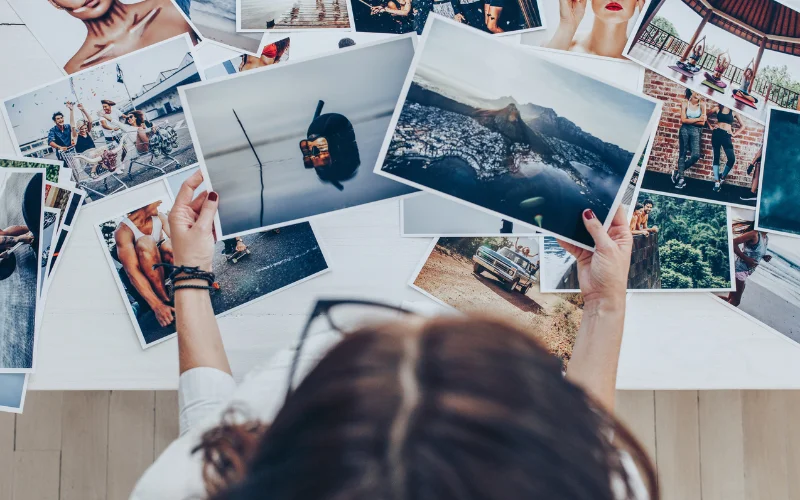
How Big Is a 4×6 Photo – In Pixels, mm, cm & Inches
March 29, 2024
4×6 is the most commonly used and standard photo size as it mirrors the aspect ratio of the viewfinder of
Nikki Brown Interviewed : Professional Life, Boudoir Shoot Tips & More
April 8, 2024
Nikki Brown is a professional boudoir photographer. Her portfolio highlights her skills in various types of photography, including boudoir, swimsuit,…
Read more >>
Kimber Greenwood Interview : Unmasking The Creativity Of An Underwater Photographer
February 2, 2024
Have you ever wondered what it takes to be an underwater photographer? How do they capture the amazing scenes in…
Read more >>
Sarel Jansen Interviewed: All About Commercial Photography
February 1, 2024
Sarel is a renowned commercial photographer based in London. He has worked and shot amazing photographs for small and large…
Read more >>
